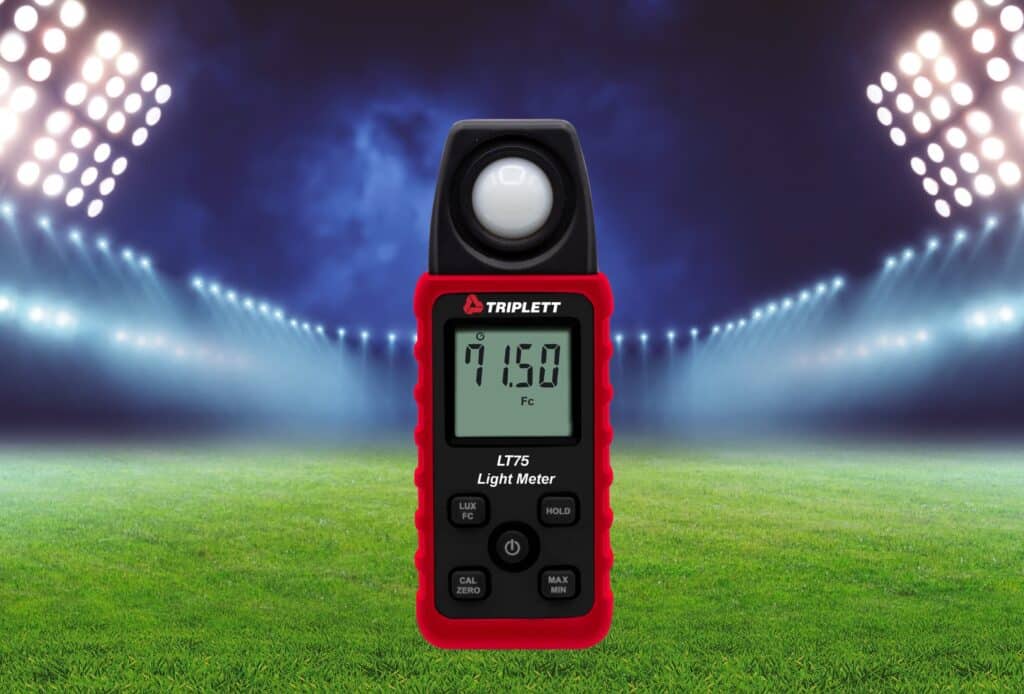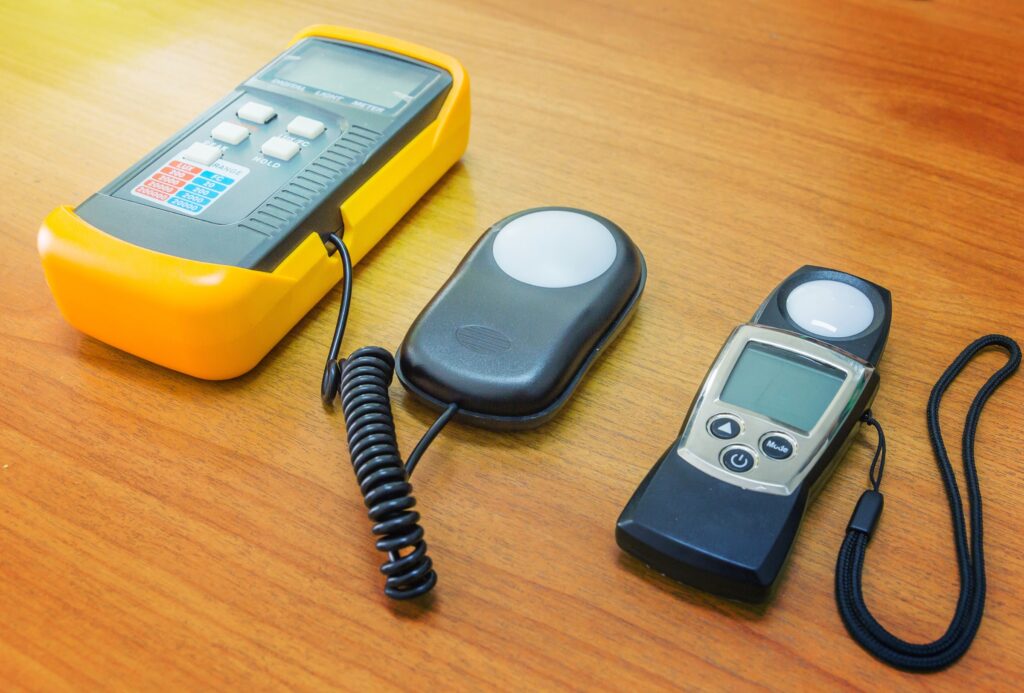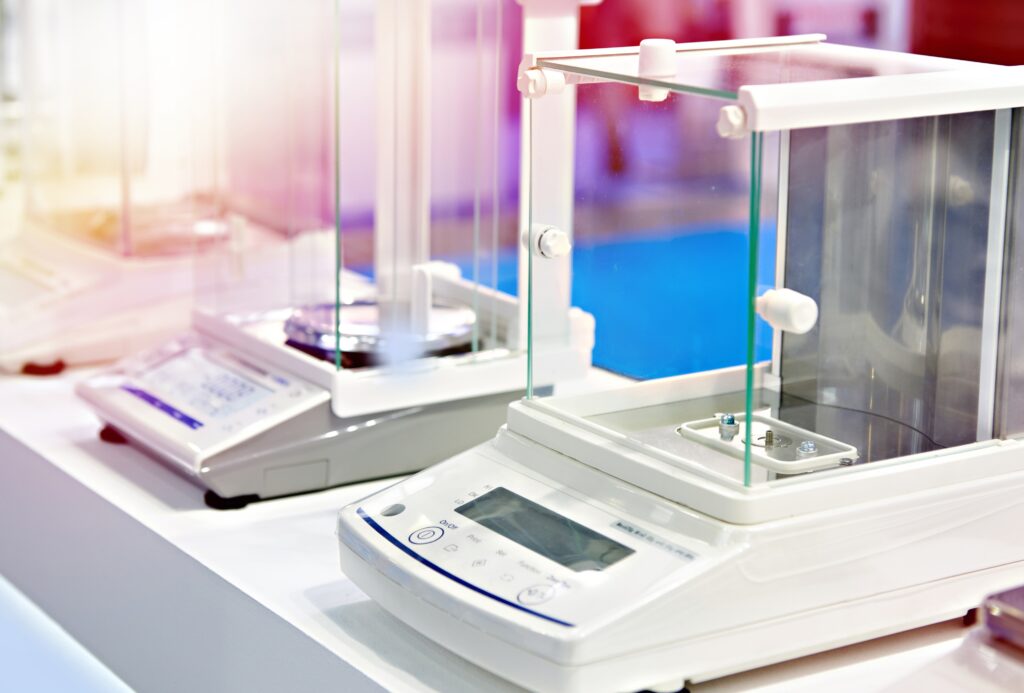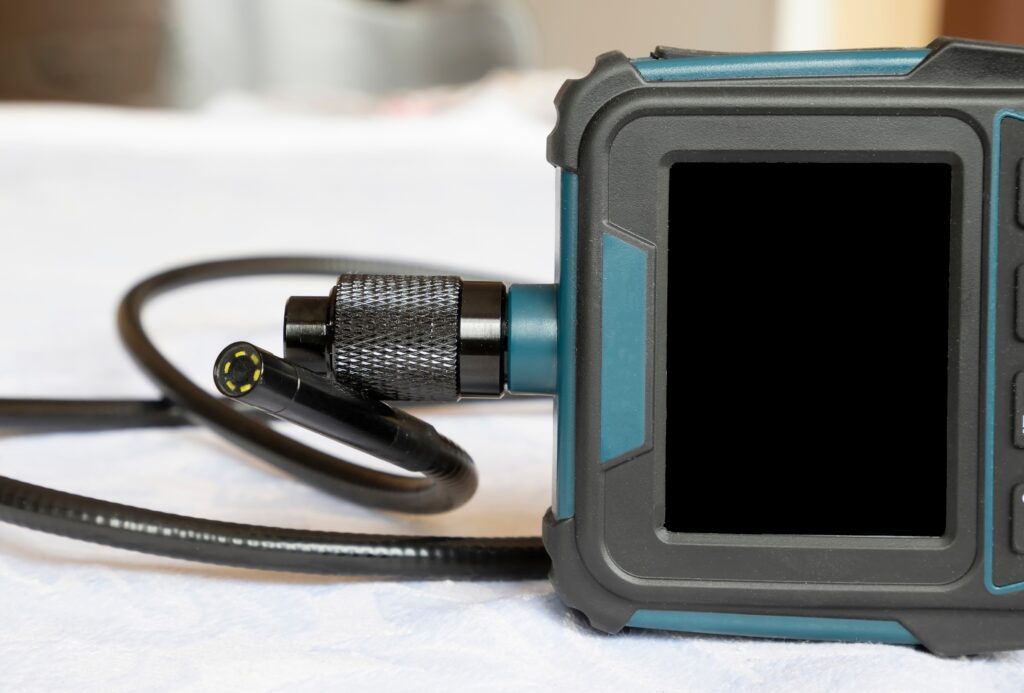How to use Lux Meter: A Comprehensive Guide

Measuring light accurately is essential for various applications. Whether you’re a photographer, a horticulturist, or a lighting technician, understanding how to use lux meter can greatly enhance your work. This guide will walk you through everything you need to know about how to use a lux meter, also known as a light meter.
What is a Lux Meter?
A lux meter measures the amount of light in a specific area. It provides readings in lux, a unit that quantifies light intensity as perceived by the human eye. Understanding how lux meters work is crucial for ensuring proper lighting in different environments.
How Lux Meters Work
Lux meters consist of a light sensor and a display unit. The sensor detects the light intensity, converting it into an electrical signal. The display unit then shows this signal as a lux value. Lux meters are precise tools that provide instant readings, helping users assess and adjust lighting conditions quickly.
Why Use a Lux Meter?
Accurate light measurement is vital for several reasons. While photography, it ensures proper exposure. In agriculture, it helps optimize plant growth. In workplaces, it ensures compliance with safety standards. Knowing how to use the light meter effectively can make a significant difference in these fields.
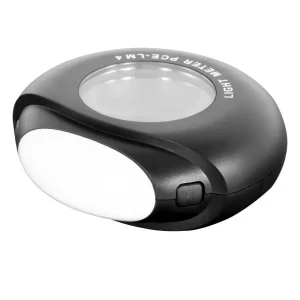
Steps to Use a Lux Meter
- Power On the Lux MeterTurn on the lux meter. Ensure the sensor is clean and unobstructed for accurate readings.
- Select the RangeMany lux meters allow you to select a range. Choose a range appropriate for the expected light levels to get the most accurate readings.
- Position the SensorPlace the sensor at the location where you want to measure the light. Ensure the sensor faces the light source directly for a true reading.
- Read the DisplayObserve the reading on the display. The value shown is the light intensity in lux.
- Record the DataNote down the lux value. If your lux meter has data logging capabilities, you can save readings for later analysis.
Applications of Lux Meters
Lux meters are used in various fields:
- Photography and VideographyProper lighting is crucial in photography. Using a light meter helps photographers achieve the perfect exposure.
- HorticulturePlants need specific light levels to grow optimally. Lux meters help in adjusting artificial lights in greenhouses.
- Workplace SafetyAdequate lighting is essential for safety and productivity. Lux meters ensure workplaces meet lighting standards.
Tips for Accurate Measurements
- Calibrate Your Lux Meter RegularlyRegular calibration ensures your lux meter provides accurate readings. Follow the manufacturer’s guidelines for calibration.
- Avoid ReflectionsReflections can skew readings. Ensure the sensor is not exposed to reflective surfaces.
- Measure at Different TimesLight levels change throughout the day. Take multiple readings at different times for a comprehensive assessment.
Choosing the Right Lux Meter
When selecting a lux meter, consider the following:
- Accuracy and RangeEnsure the lux meter offers the accuracy and range suitable for your application.
- Data LoggingSome lux meters come with data logging features, which are useful for tracking changes over time.
- Ease of UseChoose a lux meter that is easy to operate and read. A user-friendly interface makes the process smoother.
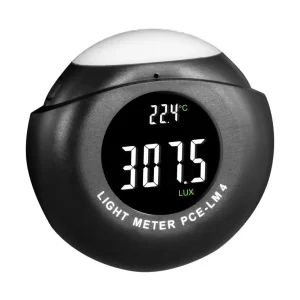
For those looking for a reliable and accurate lux meter, we recommend the Lux Meter PCE-LM 4. It offers excellent features and ease of use, making it perfect for various applications.
Conclusion
Understanding how to use lux meter is essential for anyone working with light. These devices provide precise measurements that help ensure optimal lighting conditions in different environments. By following the steps and tips outlined above, you can make the most out of your lux meter and achieve better results in your work.
For more detailed guides on measuring instruments, visit Dhanbad Instruments and METERDI. Explore our wide range of lux meters and find the perfect tool for your needs.
Embrace the power of accurate light measurement and see the difference it makes in your work today!
Related Post
Accurate light measurement is essential for various applications, from ensuring
Analytical balances are essential in laboratories. Their high precision and
In our daily lives, light plays a crucial role in
Analytical balances are crucial in scientific research and industrial applications.
Weather stations play a vital role in monitoring and predicting
Welcome to the fascinating world of industrial borescope, where cutting-edge

